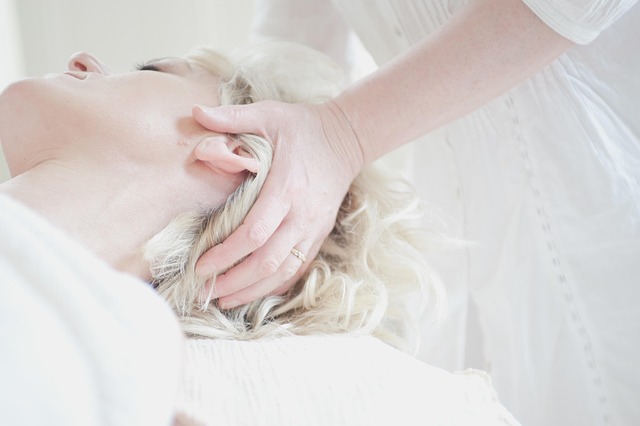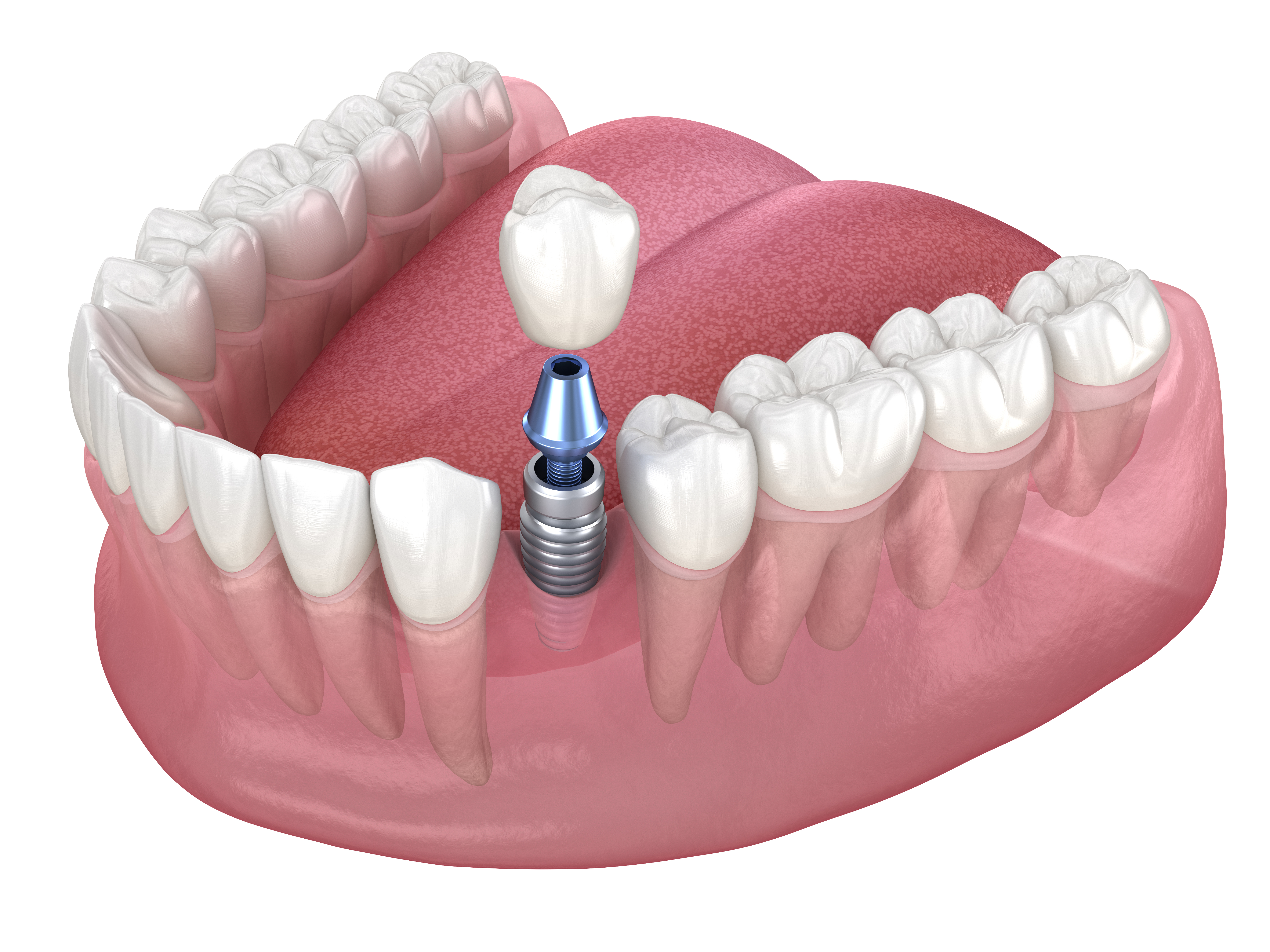Understanding the Art and Science of Botox
Botox, a cosmetic treatment often associated with the pursuit of youth and beauty, is a remarkable testament to human ingenuity. Its usage has been a subject of debate, fascination, and intrigue, with a history that stretches back to the 19th century. Today, it is one of the most popular non-surgical cosmetic procedures worldwide, a testimony to our society's ongoing quest for physical perfection. This article aims to explore the various facets of Botox, from its historical origins to its current applications and the potential future of this fascinating beauty trend.

Tracing the Origins of Botox
The story of Botox begins with a perilous bacterium known as Clostridium botulinum, discovered in the 19th century. This organism produces a neurotoxin, botulinum toxin, that was initially associated with a life-threatening form of food poisoning called botulism. However, scientists recognized its potential for other uses.
The story took a remarkable twist in the mid-20th century when Dr. Edward J. Schantz cultivated the toxin for research purposes. In the 1970s, ophthalmologist Dr. Alan B. Scott used the toxin, albeit in a purified and diluted form, to treat strabismus (crossed eyes) and blepharospasm (uncontrolled blinking). The Food and Drug Administration (FDA) approved this treatment, setting the stage for the rise of Botox as a cosmetic tool.
From Medical Tool to Beauty Staple
Botox’s journey from a medical tool to a beauty staple is a fascinating study in the intersection of science and aesthetics. In 2002, the FDA approved Botox Cosmetic to treat moderate to severe frown lines between the eyebrows. This marked the beginning of Botox’s reign in the world of beauty.
The procedure involves injecting small amounts of botulinum toxin into a specific muscle, causing it to relax and reduce the appearance of wrinkles and fine lines. The simplicity and minimally invasive nature of the procedure, along with the relatively low cost and brief downtime, contributed to its popularity.
The Cultural Impact of Botox
The rise of Botox has had a significant cultural impact. It has normalized the idea of cosmetic intervention, making it more socially acceptable to seek medical procedures to enhance one’s appearance. The Botox phenomenon has also fueled discussions about beauty standards, aging, and the extent to which people are willing to go to maintain their youth.
Moreover, the popularity of Botox has influenced the beauty industry, leading to the development of other non-invasive cosmetic procedures. Its popularity has also fueled research into further applications of botulinum toxin, beyond just wrinkle reduction.
The Reception and Critiques of Botox
The reception of Botox has been mixed. On one hand, it has been lauded as a revolutionary tool that allows people to defy the aging process. Many users report increased self-confidence and satisfaction with their appearance post-treatment.
On the other hand, Botox has faced criticism from various quarters. Some critics argue that it promotes unrealistic beauty standards and reinforces ageism. There are also concerns about potential side effects and long-term health risks associated with botulinum toxin. Furthermore, there is the question of whether the pursuit of physical perfection detracts from the appreciation of natural beauty and the acceptance of aging.
The Future of Botox
As we look to the future, Botox is likely to remain a significant player in the beauty industry. However, its application may expand beyond cosmetic use. Research is ongoing into the use of botulinum toxin for treating various medical conditions, including migraines, excessive sweating, and muscle spasms.
In the realm of beauty, the challenge will be to balance the pursuit of physical perfection with the acceptance of natural beauty and aging. As our understanding of Botox and its potential applications continues to evolve, so too will our perception of beauty and the lengths we are willing to go to achieve it.
In conclusion, Botox is more than just a beauty trend. It is a testament to human ingenuity and the unending quest for youth and beauty. Its journey from a dangerous bacterium to a tool of aesthetic enhancement is a remarkable story of scientific achievement. As we continue to explore its potential, Botox will undoubtedly remain at the forefront of discussions about beauty, aging, and the science of aesthetics.




